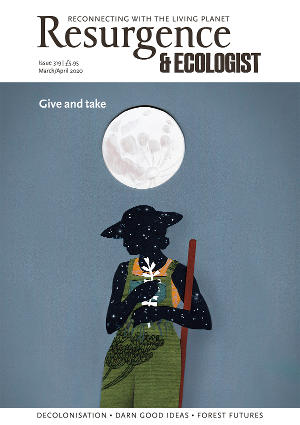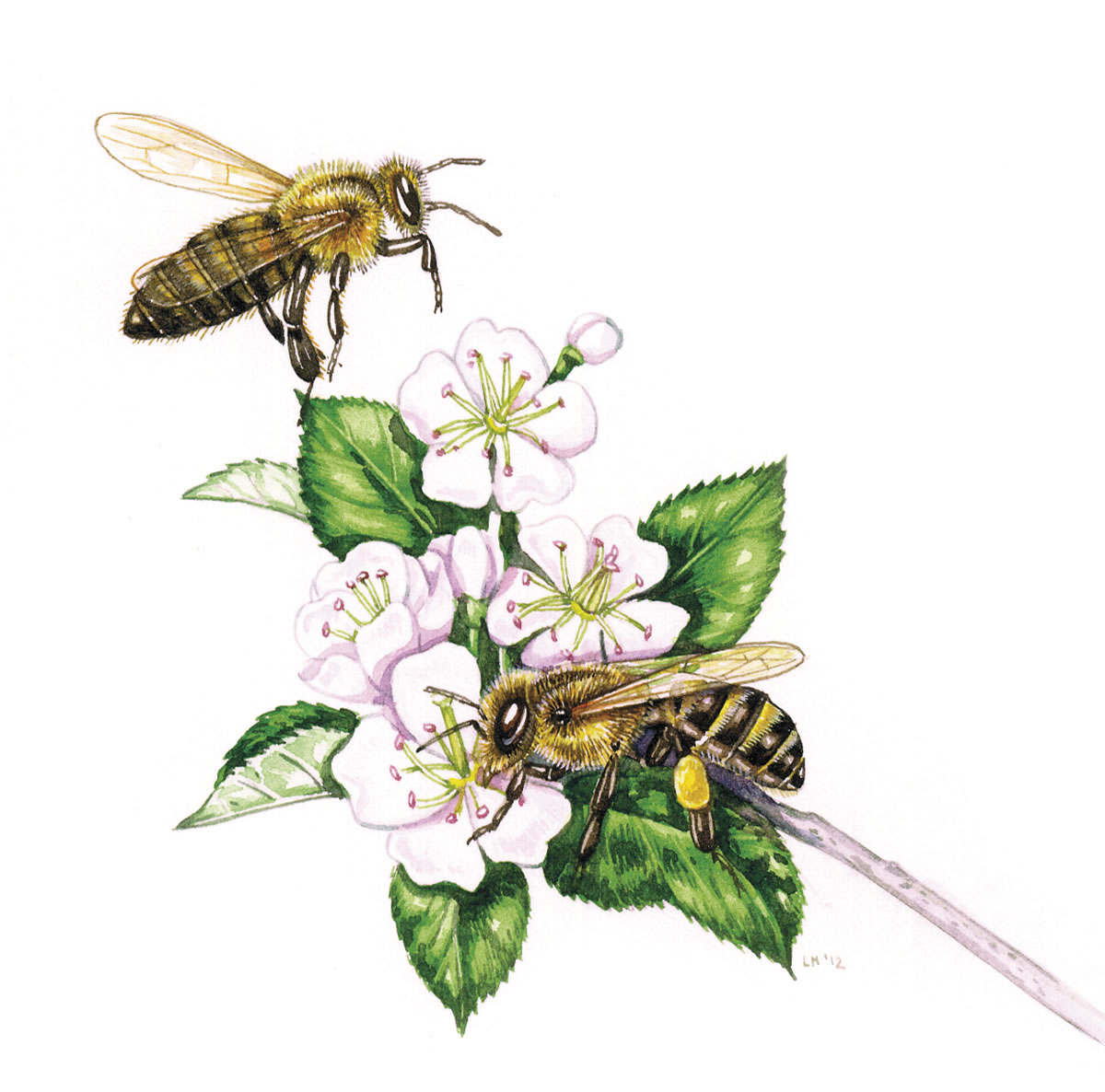Insect decline is among the most worrying of issues, and bees are often cited as the major pollinator being critically affected by persistent use of pesticides. However, most people’s understanding of these creatures is typically limited to that one fact, unless they happen to have come across someone who keeps bees.
That was the situation for Brigit Strawbridge Howard until chance meetings and life changes set her on a new path of discovery. As she admits in the introduction to this book, in her early forties she realised she knew more about the French Revolution than she did about our native trees. Her consequent journey of discovery is not to faraway lands: it takes place on her own doorstep, in southern England, in the most ordinary of circumstances.
Right from the beginning, Dancing with Bees introduces us to the diverse curiosities and tiny wonders of the bee world. We learn that queen bumblebees produce glycerol in their bodies during winter to prevent them from freezing, and that male early bumblebees have dapper moustaches. We discover that one species of bee specifically builds nests in empty snail shells, and that many bee species design their life cycle as ‘cuckoos’ to other bees. We are reintroduced to our world as bee territory, and invited to consider nesting, patrolling, predators and parasites through bee behaviour. The undersong of the book is clear: that amongst our own busy lives, these creatures are living their extraordinary lives largely unnoticed, and yet we depend upon their ability to pollinate – it is essential to our own survival.
This is a book about finding the extraordinary in the ordinary, and the marvellous in the minutiae. As bee wonders are revealed chapter by chapter, Strawbridge Howard starts to explore other aspects of Nature encountered through her life. Garden birds are discovered as they bring delight to her dying mother, and flowering plants are chosen for the garden to attract a multitude of pollinators. The web of Nature is deftly coloured in as she discovers more and more about its interrelationships. It interests me that Strawbridge Howard has been no stranger to green issues: in former years she ran a small environmental charity and starred in a television programme about living more sustainably. Yet there are many types of environmentalism and many types of curiosity, and in this book she delights in the detail, colour, scent and sound of the natural world with all the zeal of the newly converted. This glorious honesty is an inspiration to all of us who crave more time with Nature in our everyday lives.
But Dancing with Bees is not a book of flowery, abstracted praise for its subject. Strawbridge Howard specifically draws us away from a human-centric perspective as much as she can. Her writing is matter-of-fact and practical, just as Nature tends to be; and yet her words dance with a charm and delight that will stir even the most jaded of souls. There is a scene in the book where she begins to give talks to local groups about bees and their decline. She soon realises that instead of reporting facts and issues, she will be more effective if she encourages her audience to care by describing the diversity and behaviour of bees and sharing some photos from her garden, thereby moving from head to heart. It’s a journey that many in the environmental movement will recognise.
Happily, with its detailed entomological descriptions and endless curiosity, this book satisfies both head and heart in equal measure. This year I will be looking out for the impossibly named hairy-footed flower bee and beginning my own bee investigations. If you want a book that opens your eyes to a complex and fascinating perspective on the world, this is the one to get.








